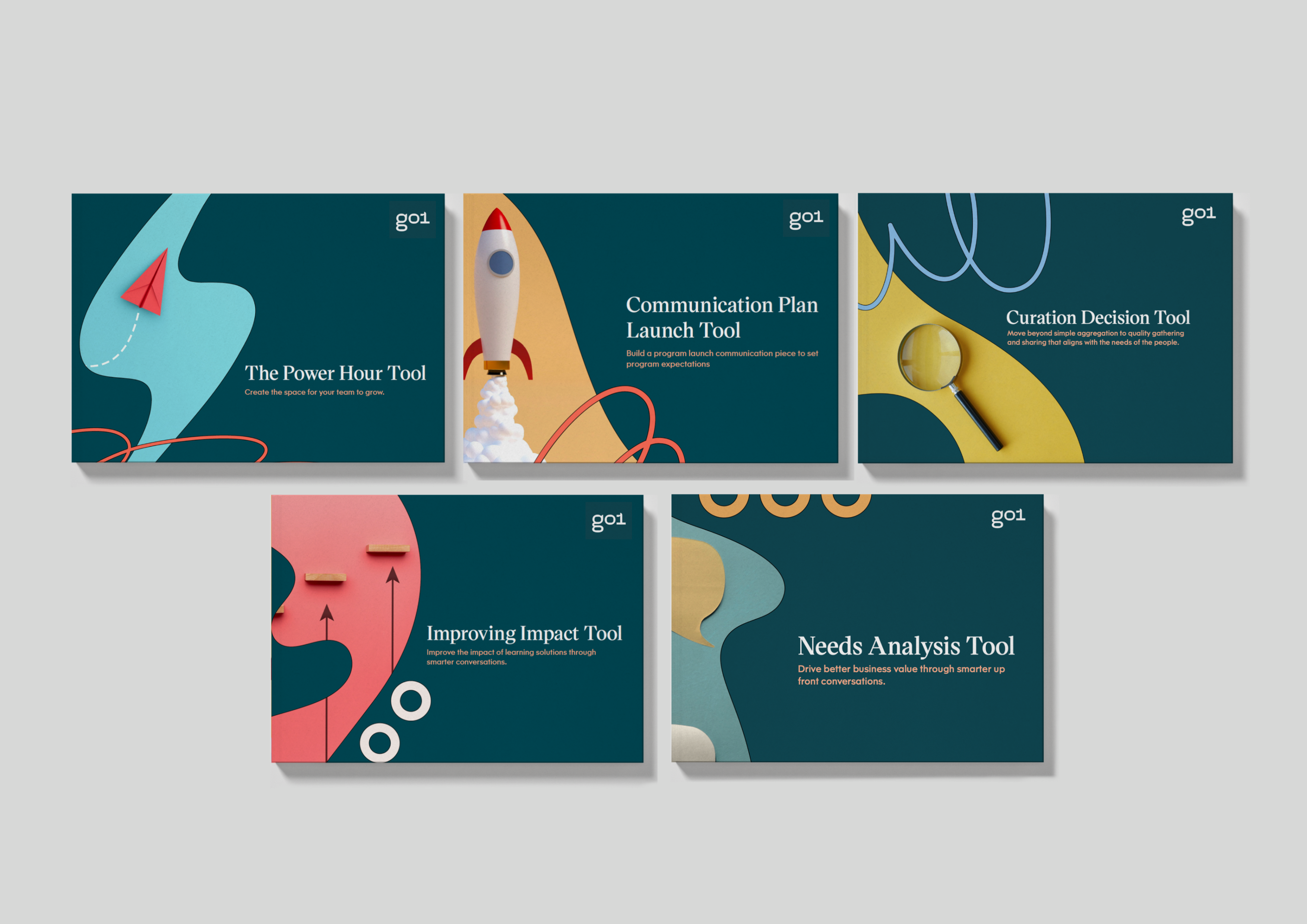
Tips for creating a successful onboarding program

We recently talked about why it’s so important for organizations to develop an effective onboarding program, to increase employee engagement, allow new hires to reach their full productivity faster and reduce staff turnover rates.
A good onboarding program should provide a new staff member with practical, easy-to-use tools and training to transition smoothly into their new job. Research has shown that an actively followed onboarding plan will allow an individual to reach proficiency in their new position up to 30% faster than the typical transitioning manager.
The way that you bring new team members on board also says a lot about your organization as a whole. It’s not just new hires who are keen to nail that critical first impression – today’s companies are realising the importance of welcoming new hires in an engaging, productive and creative way.
If you’re interested in developing an effective new onboarding program, or making positive changes to improve your existing processes, we have some simple guidelines to help you out. Read on for our top tips for creating a successful onboarding program.
Welcoming New Employees to Your Company
We all know that first impressions really do count.
Have you ever started at a new job, excited for your first day, only to find yourself without a desk, or without a computer even, and feeling more than a little lost? It’s not a good feeling and will most likely make you want to turn around and walk right back out the door.
Make sure you have a clear workspace set up for your new team member before they arrive, with basic stationery items and any other tools that could help them in their role, such as copies of organisational charts, relevant contact details, corporate style guidelines and so forth. And while it may sound less important, small thoughtful gestures such as providing new hires with their own company coffee cup, branded water bottle or T-shirt show that you’ve taken the time to warmly welcome them into your team. People notice and appreciate these kind actions and attention to detail.
If you’re a manager or supervisor, always take the time to greet new employees in person and introduce them to the entire team—whether or not they’ll be working with each directly—so they can feel part of the group and more at ease in their work environment.
Also, have HR and payroll communicate with your new team member before you welcome your new team member on board. According to Aberdeen Group, 69% of best-in-class organizations begin the onboarding process before day one. This way, new employees are able to better focus on the job at hand, rather than wonder about how and when they’ll be getting paid.
Make Onboarding an Engaging Process
There’s a lot more you can do to help new employees learn about their position and the organization than just sending them to a one-day orientation course to read over corporate documents.
As iCIMS suggests, “teambuilding activities such as office-wide scavenger hunts, group creative exercises and new hire breakfasts all contribute to the overall onboarding experience and aid in the assimilation process.” As well as serving to welcome new staff to the group, managers and team leaders will also be able to observe how their new employee communicates and engages with other staff, while participating in group activities. This can be useful when managers are deciding which projects or tasks to assign new team members and can even impact potential promotions or relief opportunities.
You can also make onboarding more engaging for individuals by making sure you tailor the process to each new staff member. Personalize and customize the onboarding process by including details that are specific to each person’s job description and team.
When developing your new onboarding program, ask your current employees what they like about working for the organization. These are things you want to make sure new hires know about – even the ‘small’ sounding factors are important in contributing to a positive organizational culture, so make sure
Assign a Mentor to New Employees
Leaving new hires to fend for themselves is an approach taken by many companies. Unfortunately, this approach, with its ‘sink or swim’ mentality, can have negative impacts for the organization, resulting in high staff turnover rates and poor organizational culture.
Quality training, conversely, can greatly improve job satisfaction and productivity in new recruits. Make sure your onboarding program includes relevant and effective training methods for new employees to learn their jobs. Provide information on how you plan to train and develop staff throughout their employment with your company, so new team members know the importance you place on their professional development.
It’s also a good idea to assign a company mentor for each new employee, to provide on-the-job training and support. Choosing a mentor from outside the new employee’s department can help them to “further develop interpersonal relationships and give them a different perspective on the various components of the organization and how they work collectively to achieve success.”
Use an LMS to Create Your Onboarding Program Online
As Lisa Sterling, chief people officer and executive vice president at Ceridian, says, “as everything goes digital, so should your employee onboarding.”
Using a Learning Management System such as Go1's online training platform for your onboarding program is an effective choice for organizations because of the convenience and ease of use. It’s also a more cost-effective solution, allowing you to save money on in-class trainers, as well as any facilities hire and travel expenses. Using a good LMS for online training can reduce training expenses by more than 50%, saving your organization both time and money.
With the Go1 platform, you can use your own onboarding content to create a perfectly customized onboarding program for your new hires to complete online.
Learn More About Onboarding
If you’d like to know more about successful onboarding, Go1 also has a number of e-learning courses which you can easily enroll in and complete at your convenience.
The online course Employee Onboarding is ideal for HR professionals, business owners and anyone involved in hiring employees. It will provide you with the knowledge and tools necessary to design a successful employee onboarding program to train new employees effectively and efficiently, setting them up for higher success and performance in their new roles.




